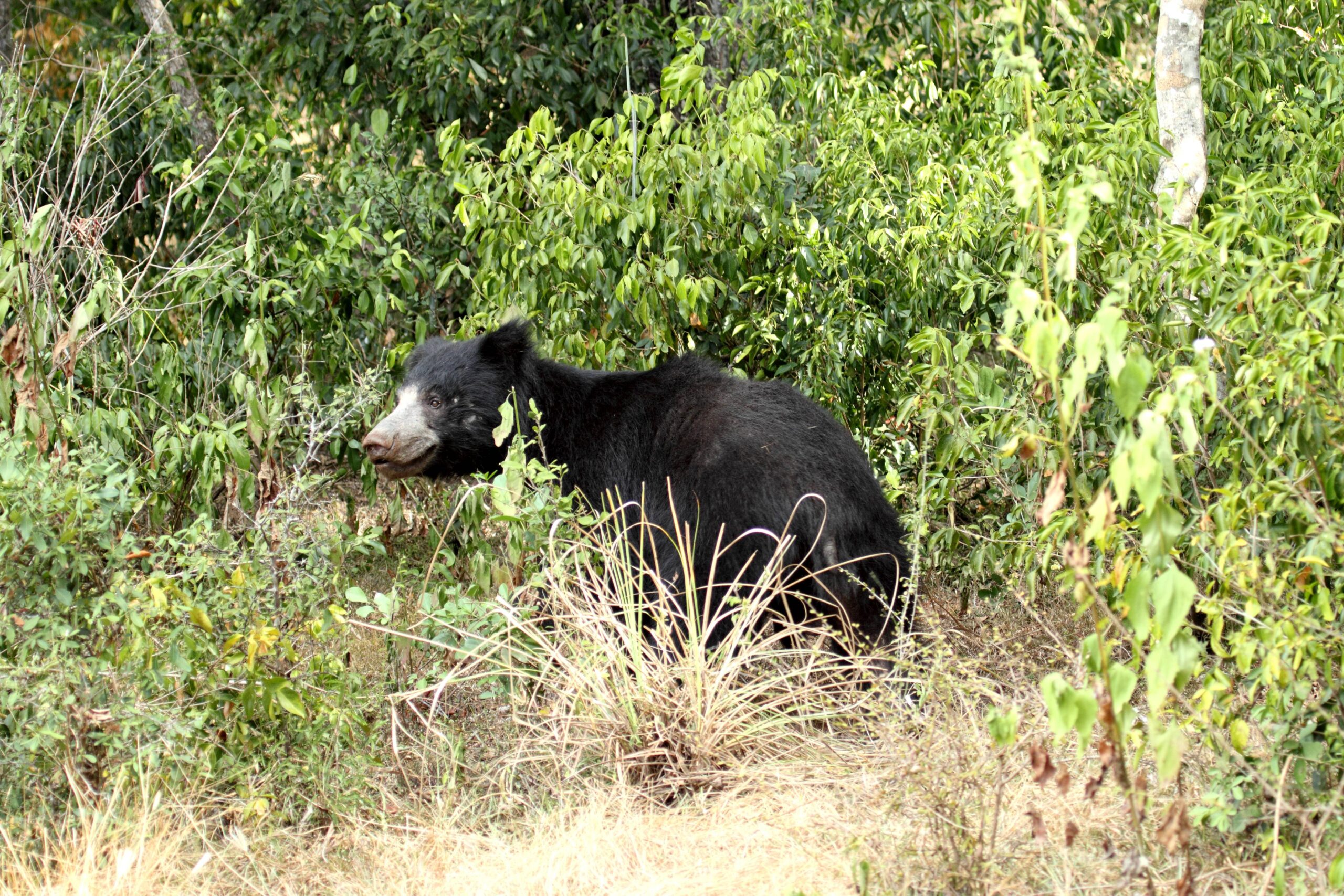Will Privatization of Plantation Research Management Benefit?
An article as appeared on Daily Mirror dated on 10th December 2014
Promoting Agro-biodiversity conservation and facing climate change
An article as appeared on Daily News dated on 08th December 2014.
National Zoological Week Begins Today
An article as appeared on Daily News dated on 08th December 2014.
Window Smashing Pinnawela Pachyderms!
An article as appeared on the Daily News paper dated on 01st December 2014
CIC, SL B&B Platform and BEAR seminar shares sloth bear research findings
An article as appeared on Daily FT newspaper dated on 29th November 2014
IUCN Red List of Threatened Species Releases Latest Update: Global appetite for resources pushing new species to the brink – IUCN Red List
the latest update of the IUCN Red List of Threatened Species™ released today at the IUCN World Parks Congress taking place in Sydney, Australia. Pacific Bluefin Tuna, Chinese Pufferfish, American Eel, Chinese Cobra and an Australian butterfly are announced as threatened with extinction.
For more details;
http://www.iucn.org/?18621/Global-appetite-for-resources-pushing-new-species-to-the-brink–IUCN-Red-List
IUCN World Parks Congress is commencing Today on 12th November 2014
The IUCN World Parks Congress 2014 has been scheduled to start from today 12th November 2014 until 19th November 2014 in Sydney, Australia.
The event mainly focuses on the dynamic role of protected areas in conserving nature while delivering essential ecosystem services, position of protected areas within goals of economic and community well-being, and demonstrates how this can be achieved in practice. Especially this program strengthens conservation targets whilst engaging a varied audience from governmental to general members of society who care about the health of our planet
And for the first time, as the promise of Sydney the congress will collate and communicate the most compelling and inspiring solutions to global challenges which will support to create new sustainable commitments for protected areas across the conservation, development and business sectors.
For more details;
http://worldparkscongress.org/
Sri Lanka’s Hotspot gets hotter
Article as appeared on The Daily News paper dated on 04th of November 2014

THE SLOTH BEARS OF WILPATTU: RECENT FINDINGS FROM THE FIELD
The Sri Lanka Business and Biodiversity (SL B&B) Platform of the Ceylon Chamber of Commerce (CCC), with financial support of its Patron Member – CIC Holdings PLC – and Biodiversity Education And Research (BEAR), presented findings generated from an year-long public-private partnership project launched in June 2013 to research the Sri Lankan Sloth Bear inhabiting the Wilpattu National Park. The presentation was attended by a large gathering of government officials, private sector representatives, academia, students and interested public.
The project was implemented under the supervision of the Department of Wildlife Conservation (DWC), and the direct guidance and technical expertise of Prof. Devaka Weerakoon from the Department of Zoology, Faculty of Science, University of Colombo. The presentation was delivered by Mr. Ranil Nanayakkara, Principal Researcher and Co-Founder of BEAR. An informative documentary clip produced by Mr. Nilantha Vishwanath, Co-founder of BEAR was also presented.
The project which explored the entire National Park and then specifically zoomed in on the Maradanmaduwa area of approximately 10sq.km revealed that it was being inhabited by around 26 individual bears, identified as separate individuals by the animals’ tracks and camera-trap footage obtained. Out of this number, 11 individuals were clearly identified as males, 6 as females, and the gender-unidentified group included 5 cubs. The study also revealed some interesting facts with regard to the sloth bear’s preferred habitats and diet, challenging previous beliefs about this endangered species.
The research revealed that in Wilpattu, bears mostly frequent the dense primeval forest areas as opposed to rock outcrops and dens within rock formations. It was also found that the diet of these animals constituted ‘Weera’, ‘Dung’ and then ‘Palu’, contrary to the popular belief that ‘Palu’ was their favourite food. Their scat also revealed undigested parts of termites and ants justifying their omnivorous status. In an analysis of gender-based behavior, Mr. Nanayakkara went onto say that “the females were shyer in comparison to the males who were bold, and during the breeding season, this characteristic was brought out even more. The males also displayed a more orderly communication of territoriality marking their ranges with fixed placements of their scat, while the females tended to release scat while travelling, without a sense of intelligent placement as such”.
The SL B&B Platform and BEAR intend to continue with Phase II of this project which anticipates the collaring of two male and two female bears in close cooperation with the DWC, to study in more detail, the behavior patterns and specific habitat ranges of these animals.




